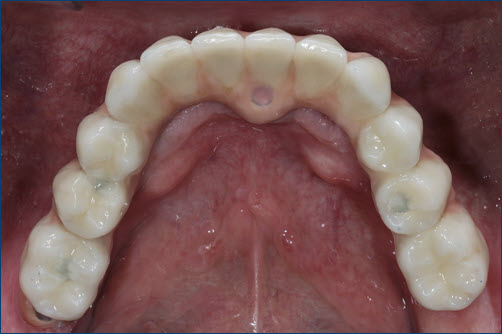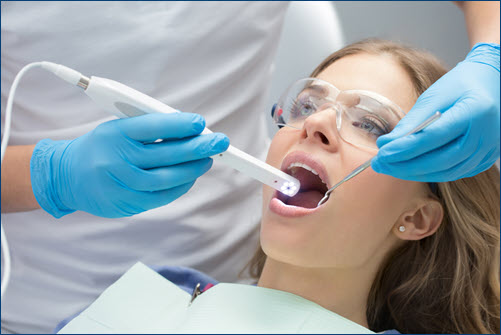In the ever-evolving field of dentistry, technology continues to play a pivotal role in improving patient care and outcomes. One such advancement is the use of intraoral photography, which has become an indispensable tool for dental professionals. These photos provide detailed images of the inside of a patient’s mouth, offering numerous benefits in diagnosis, treatment planning, patient education, and documentation. Here’s a closer look at why intraoral photos are so useful and convenient in modern dentistry.
Enhanced Diagnostic Capabilities
Intraoral photos allow dentists to capture high-resolution images of the teeth, gums, and other oral structures. This level of detail can reveal issues that may not be easily visible during a standard examination. For instance, cracks in teeth, early signs of decay, or subtle changes in the gums can be captured and analyzed more effectively. By having a clear view of these conditions, dentists can make more accurate diagnoses and develop more effective treatment plans.
Improved Treatment Planning
 With detailed images of a patient’s oral condition, dentists can plan treatments with greater precision. Intraoral photos enable dentists to assess the current state of a patient’s oral health and track changes over time. This is particularly useful in orthodontics, restorative dentistry, and cosmetic procedures, where precise planning is crucial for successful outcomes. Dentists can use these images to create digital mock-ups or simulations of the proposed treatments, allowing patients to visualize the results before proceeding.
With detailed images of a patient’s oral condition, dentists can plan treatments with greater precision. Intraoral photos enable dentists to assess the current state of a patient’s oral health and track changes over time. This is particularly useful in orthodontics, restorative dentistry, and cosmetic procedures, where precise planning is crucial for successful outcomes. Dentists can use these images to create digital mock-ups or simulations of the proposed treatments, allowing patients to visualize the results before proceeding.
Patient Education and Communication
One of the most significant benefits of intraoral photography is its role in patient education. Clear, visual evidence of dental issues helps patients understand their condition better. Seeing images of their own teeth can motivate patients to follow through with recommended treatments and maintain better oral hygiene. Dentists can use intraoral photos to explain treatment options and demonstrate the benefits of various procedures, fostering trust and collaboration between the dentist and patient.
Efficient Documentation and Record-Keeping
Intraoral photos provide a reliable method for documenting a patient’s oral health over time. These images can be easily stored in digital patient records, offering a comprehensive visual history that can be referenced during future appointments. This documentation is invaluable for tracking the progression of dental conditions, evaluating the effectiveness of treatments, and supporting insurance claims. Having a detailed photographic record also aids in case studies and peer consultations.
Convenience and Ease of Use
Modern intraoral cameras are compact, easy to use, and integrate seamlessly into dental practice workflows. They allow for quick image capture during routine exams without causing discomfort to the patient. The images can be immediately displayed on a computer screen, enabling real-time discussions with the patient. This convenience enhances the overall efficiency of dental visits, allowing dentists to spend more time focusing on patient care.
Intraoral photography has transformed the way dentists diagnose, plan, and communicate treatments. Its ability to provide detailed, accurate images of the oral cavity enhances diagnostic accuracy, improves patient understanding, and streamlines documentation processes. As technology continues to advance, the role of intraoral photos in dentistry will only become more integral, leading to improved patient outcomes and a higher standard of care. Whether it’s educating patients or refining treatment plans, intraoral photography is a powerful tool that benefits both dental professionals and their patients.


